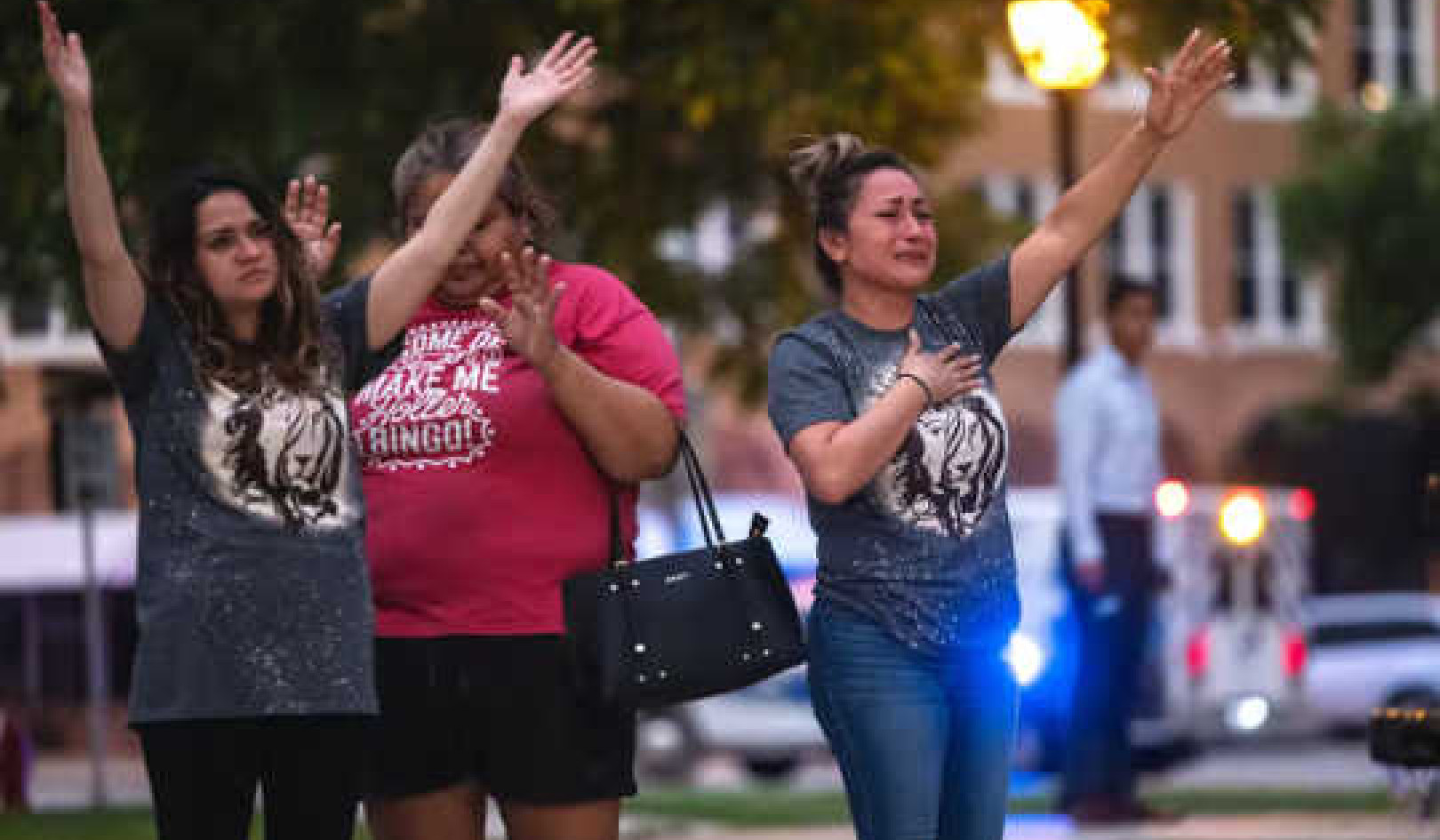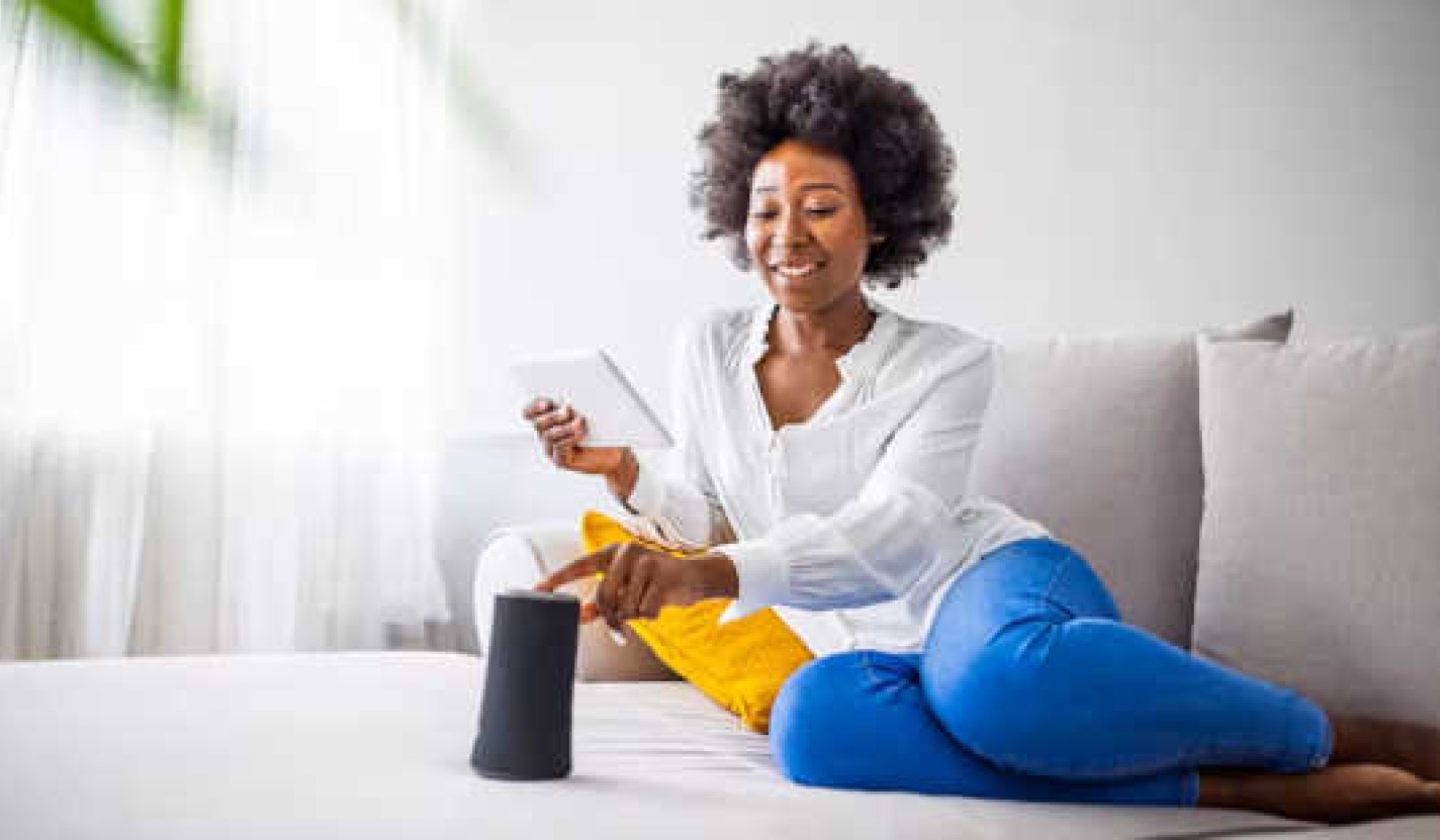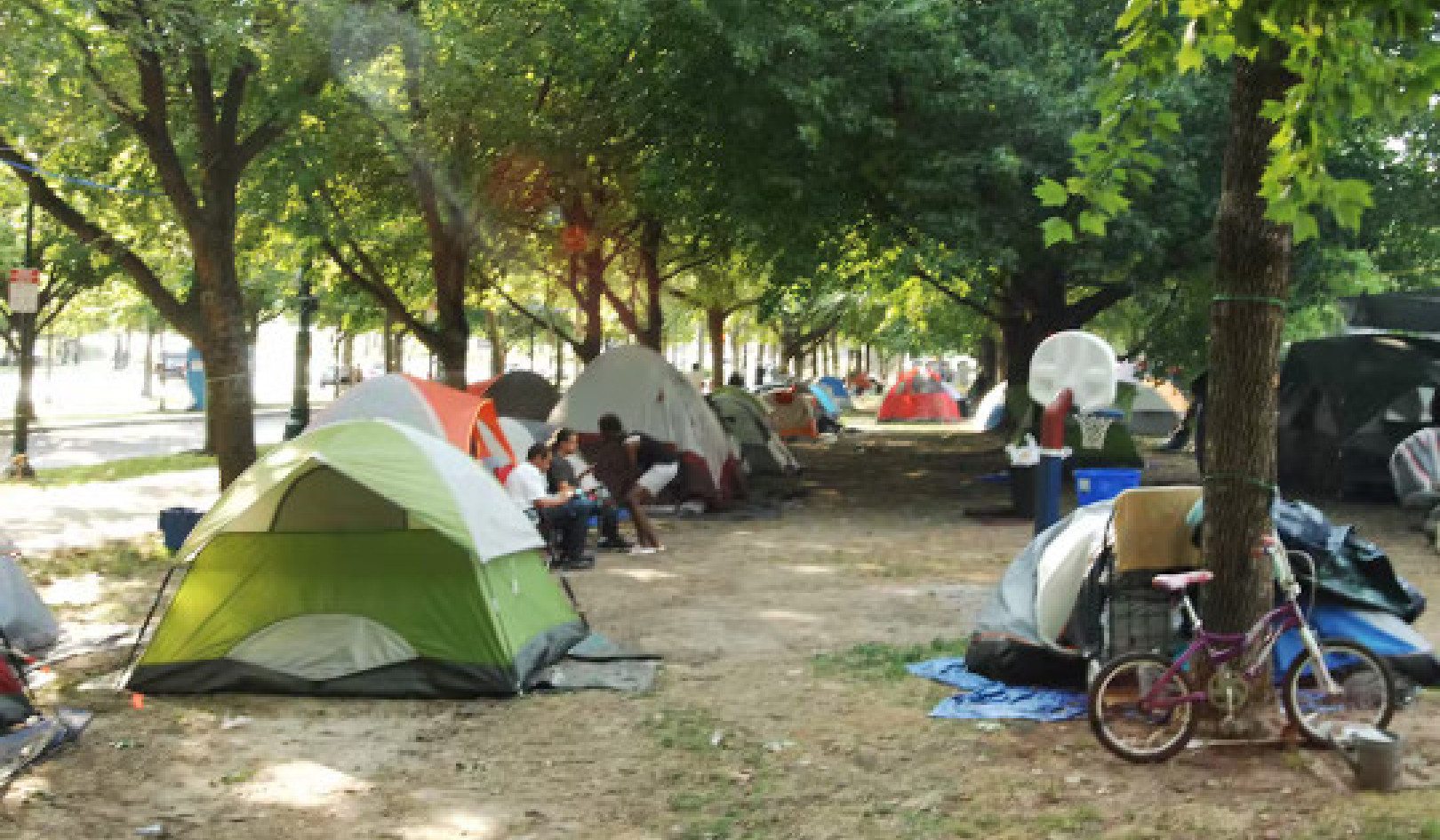
Despite progress in recent decades, women remain underrepresented (or not represented at all) in many aspects of political and civic life.
In the United States, the current Congress is about 20 percent female; there has not (yet) been a female president (out of 44 in total); and the first female Supreme Court justice, Sandra Day O’Connor, was appointed only in 1981. And, in many non-Western societies, the underrepresentation of women in public life is even starker.
This raises an obvious question: how does including and expanding female participation in these civic institutions affect society?
As we describe in more detail below, this seemingly simple question turns out to be a stubbornly difficult one to answer well. We contribute to this discussion by looking back to the time when women first became eligible to serve on juries for criminal trials in England in 1921.
While women also began serving on juries in the U.S. at about the same time, our focus on English juries is motivated by the availability of high-quality archival court records in the National Archives, which allowed us to identify the number of women sitting on the jury for each criminal trial in London almost 100 years ago.
An important question
How the inclusion of more women in the courts, parliamentary bodies and other positions of power fundamentally change decisions and outcomes is perhaps particularly salient to three ongoing debates: the possibility that a woman will be a U.S. political party’s presidential nominee for the first time, who should be appointed as the next Supreme Court justice and the role of women in the military.
Hillary Clinton is currently the favorite to win the Democratic Party’s nomination battle. How would being a woman affect what kind of president she would be?
With the recent death of Justice Antonin Scalia, the current court has three female justices, five men and one vacant seat. How might having another woman on the court influence its deliberations and findings?
Though all combat posts in the U.S. military have now been made available to females, and the U.S. is even considering requiring females to register for the draft, the command structure of the military is still male-dominated. This has long been viewed as a major factor in the extraordinarily low rate of successful prosecutions of sexual assaults.
The Department of Defense estimates that approximately 5,000 of 25,000 incidents of sexual assaults were reported in 2013 and, of these, only 375 were successfully prosecuted. How would the ascension of more women to higher military ranks affect such statistics?
A difficult question
How the inclusion of women affects outcomes in any aspect of civic and political life is a stubbornly difficult question to answer well.
The main challenge is that the selection of individuals for most positions – elected officials or political appointments – is far from random. This makes it difficult to separate the causal effect of female officials from the circumstances that lead to their appointments.
For example, the majority of female members of the U.S. Congress represent progressive/liberal districts. It is difficult to disentangle the influence of their gender on a vote from that of the political ideology of the constituency that they were chosen to represent.
Women join English juries for first time
In our recent NBER working paper, coauthored with RAND economist Shamena Anwar, we turned to the history books to help shed some light on these difficult modern-day questions. Specifically, we studied the impact of adding females into the English jury pool – the group of people from whom the final jurors are selected – on criminal court outcomes.
Women became eligible to serve on English juries with the passing of the Sex Disqualification (Removal) Act of 1919. Our basic analysis compares cases before and after the jury reform – when females were excluded and then included from the jury pool, and by definition the seated jury.
We use an original data set of more than 3,000 criminal cases from archival hand-written court records of the First and Second Courts of the Old Bailey – the London criminal court – from 1918 to 1926, including the names of all individuals seated on the jury.
Impact of the ‘great experiment’
The question of whether female representation on juries affects verdicts has been raised by the popular press both today and at the time of the “great experiment” – the term used by newspapers during the period to characterize the new eligibility of female jurors.
For instance, a six-person jury consisting of all women decided George Zimmerman was not guilty in the shooting of an unarmed black teenager, Trayvon Martin, in 2014. Many major media outlets in the country included a headline concerning the extreme gender composition of the jury upon jury selection, and again upon the verdict.
Our analysis yields a number of key findings.
Though the “great experiment” did not have a significant impact on the likelihood of conviction when bundling all cases together, we found that female representation in the jury pool significantly increased conviction rates for sex offense cases by 16 percentage points and decreased those for property and violent crimes.
The magnitude of these effects is substantial, especially in light of the fact that males continued to constitute a large majority (more than 80 percent) of jurors post-reform. That is, in the years immediately after the reform, most post-reform juries had just one or two seated females.
In addition, prior to the reform, the conviction rate differential between male and female victim violent crime cases was essentially zero – a conviction was just as likely when the victim was a man as a woman. After the reform, this conviction differential increased to 20 percentage points, such that a conviction became far more likely when the victim was a woman.
‘Sensitive’ cases
A comparison of pre- and post-reform conviction rates encompasses many potential mechanisms for how the reform affected outcomes, the most obvious of which is that eligibility leads directly to female representation on juries, thereby affecting deliberations and decisions.
But the reform may also indirectly affect verdicts even in cases in which females are not seated on the jury. This could occur, for instance, if the judge makes comments to the entire jury pool about whether the nature of the case is “sensitive” for female ears.
Our paper provides additional evidence that the direct effect of serving female jurors is an important channel. In particular, when analyzing directly the impact of seated female jurors for the subset of cases in which the jury was carried over from a previous trial, we found that adding females to the seated jury sharply increased conviction rates for violent crime cases against women.
Why women jurors change outcomes
So why did adding female jurors lead to more convictions when the victim was a woman?
One potential explanation is that all else equal (that is, holding the case characteristics and quality of evidence constant), all-male juries prior to the reform did not deem the alleged violence against women to be illegal in a subset of cases (e.g., domestic violence). Throughout the 1800s and early 1900s in the U.S., domestic violence was not treated as a criminal act and was generally considered a private matter.
An alternative explanation is that female jurors are not impartial, perhaps because they overly sympathize with the female victim. It is important to keep in mind, however, that men continued to make up the vast majority of jurors in each trial after the reform.
Of course, these findings could also be generated by mechanisms that are more benign in nature. For instance, female jurors may simply be better at assessing the testimony of a female victim than a male victim.
Regardless of the exact mechanism, the results of our study suggest that increasing the number of females in the upper echelons of the military would impact the treatment of sexual assaults and harassment in the military and, more generally, that the greater inclusion of women in political and civic life might significantly affect the policy decisions that are made every day.
About The Author
Patrick Bayer, Professor of Economics, Duke University
This article originally appeared on The Conversation
Related Book:
at

Thanks for visiting InnerSelf.com, where there are 20,000+ life-altering articles promoting "New Attitudes and New Possibilities." All articles are translated into 30+ languages. Subscribe to InnerSelf Magazine, published weekly, and Marie T Russell's Daily Inspiration. InnerSelf Magazine has been published since 1985.

Thanks for visiting InnerSelf.com, where there are 20,000+ life-altering articles promoting "New Attitudes and New Possibilities." All articles are translated into 30+ languages. Subscribe to InnerSelf Magazine, published weekly, and Marie T Russell's Daily Inspiration. InnerSelf Magazine has been published since 1985.






















